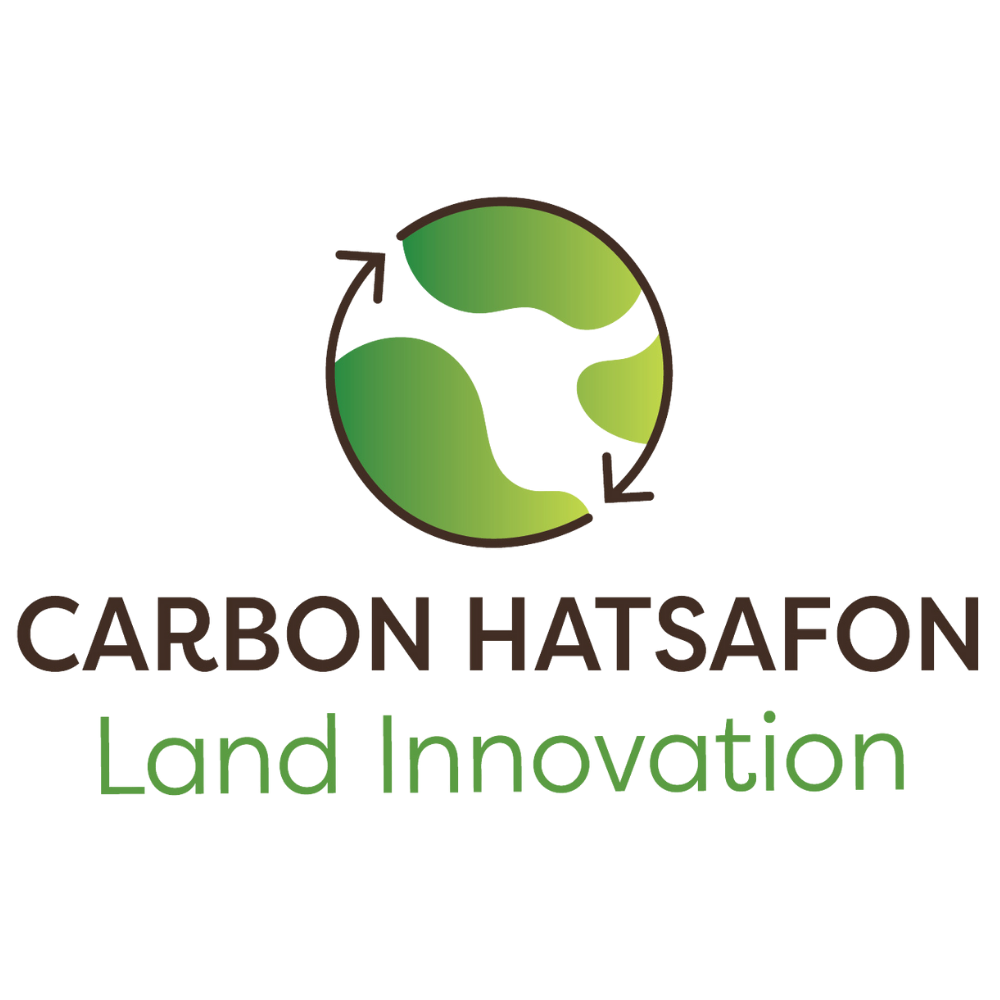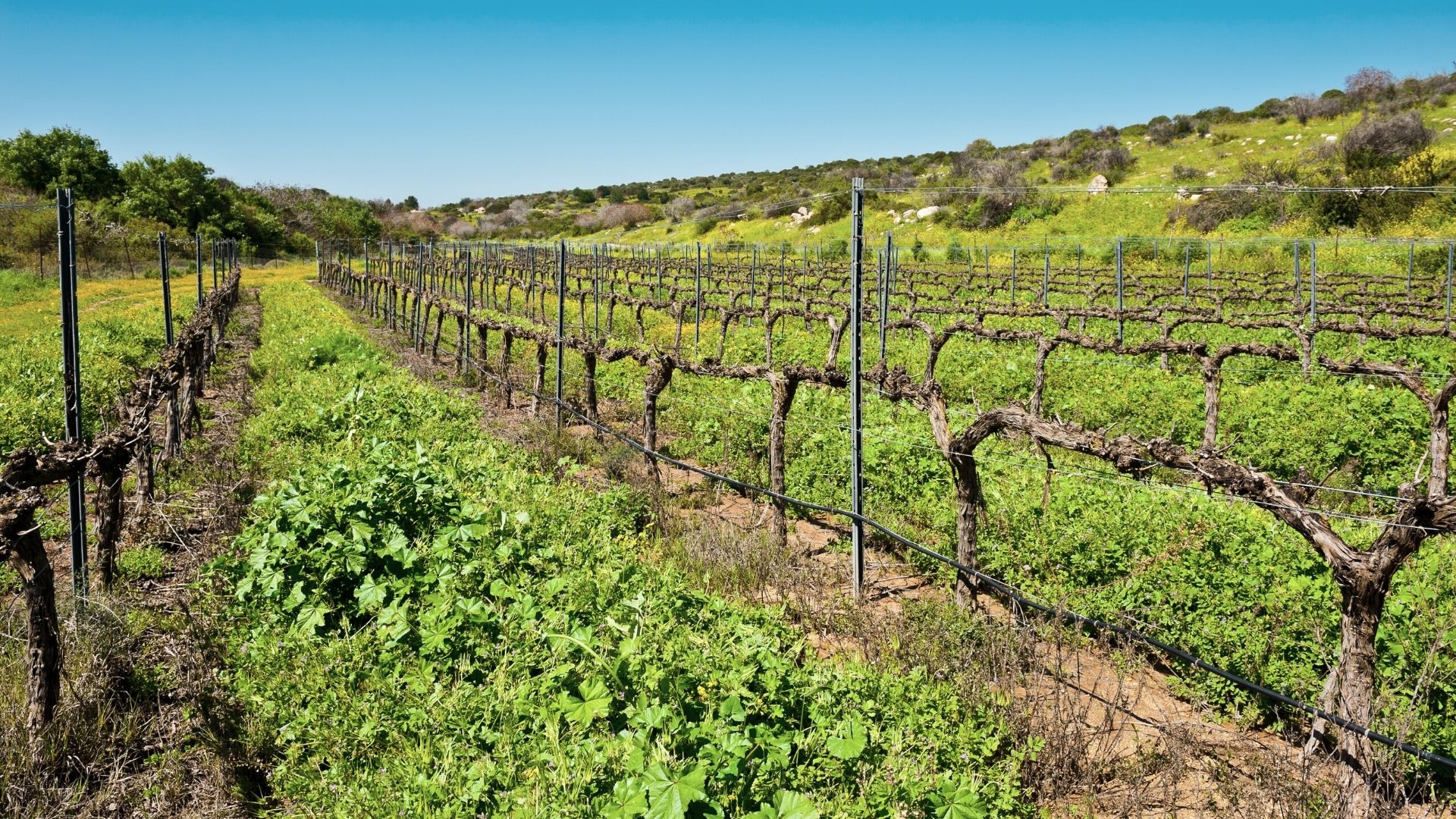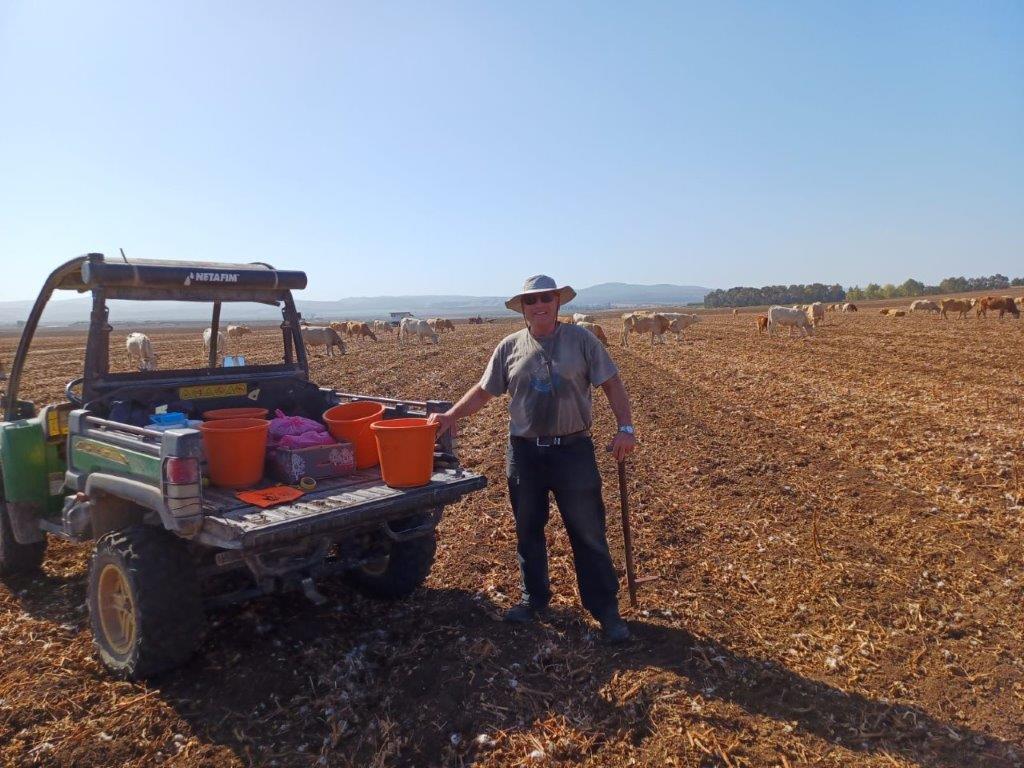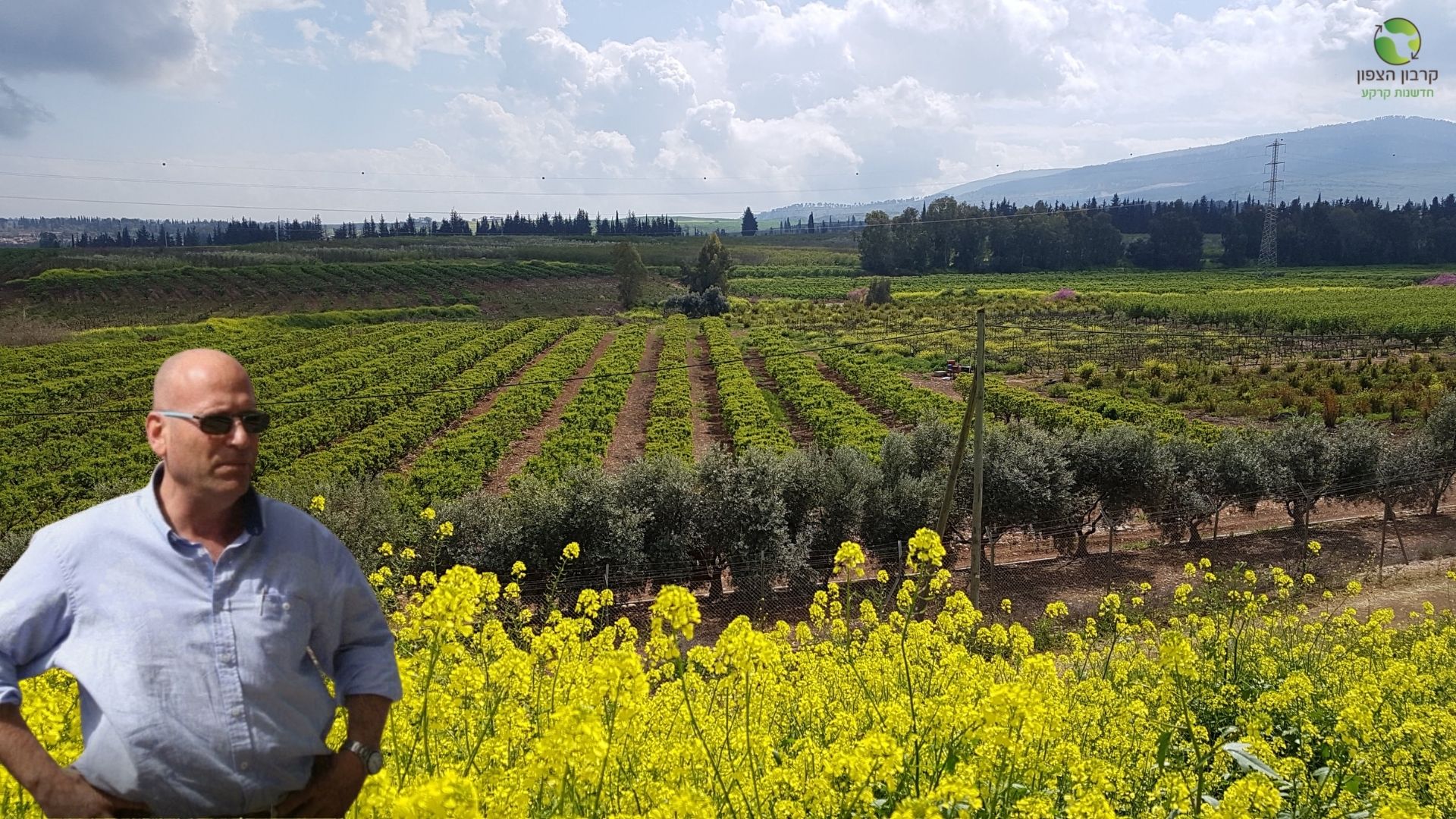In the last two decades, the scientific acknowledgment regarding the existence of global warming, which is not a periodic phenomenon such as those observed in previous ages but rather an escalating phenomenon, which may have existential implications on a substantial part of the world population, has gained strength.
In the various climate conferences, which have taken place during the last two decades, an international agreement is forming – that without an appropriate organization to hold back the global warming phenomenon, humanity and all life on Earth is due for a catastrophe.
The Paris Agreement is an agreement drawn up during the UN Climate Conference, dealing with reducing the emission of greenhouse gases, minimizing the existing damage, and funding the handling of greenhouse gas emissions by the world’s countries.
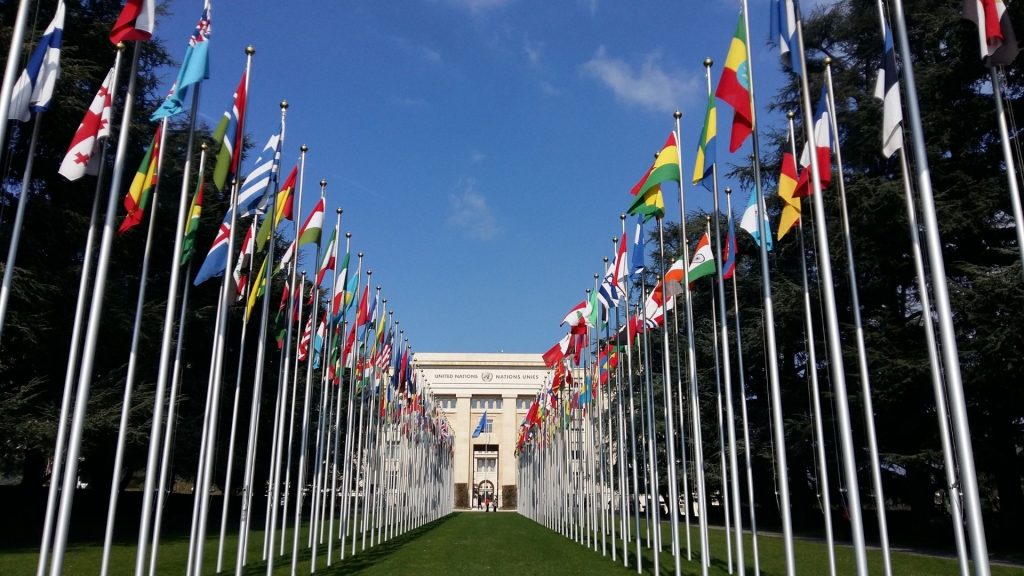
The agreement was ratified on December 12, 2015, during the Climate Conference in Paris and was signed in 2016. It was signed by 195 countries, including Israel. The Paris Agreement is the most comprehensive and first agreement dealing with the climate issue in the world.
The objectives of the agreement:
- Limiting global warming to less than 2 degrees centigrade by 2050, compared to the pre-industrial era.
- Increasing the ability to adapt to the adverse effects of climate change and fostering resistance to climate change.
- Reduction of greenhouse gas emissions in a manner that will not harm food production.
- Encouragement of funneling money for greenhouse gas emission reduction and climate change
- resistance.
Industrialized commercial processing of agricultural land and deforestation are among the most significant factors in climate change.
The challenge is to turn standard agricultural processing methods (such as intensive mechanization, land segmentation, synthetic fertilization, and chemical pesticides, deforestation, overgrazing – all of these are methods that cause significant release of carbon dioxide into the atmosphere) into methods that allow the long-term storage and sequestration of carbon in the soil, for decades to centuries, or more.
Carbon Farming succeeds when carbon profits stemming from improved management of soil-plant systems outweigh carbon losses from the same land unit.
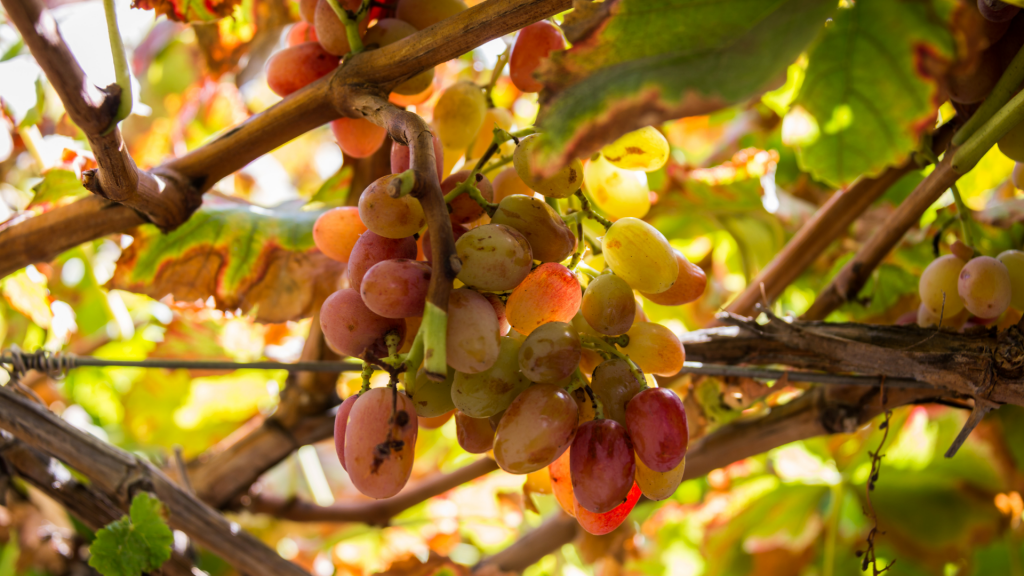
The agricultural sector is a sector capable of turning into a CO2 curator from a CO2 emitter. And to turn the crisis into an opportunity. In fact, there is no other field in the world where it is possible, with the right and appropriate management – to make a change with such great potential.
All of this and more, while local benefits and advantages such as improving soil fertility (taller, better quality crops) emerge for the farmers. Simultaneously, opportunities emerge in the international goods market, which is developing by leaps and bounds. This market stems from the demand of countries and companies subject to greenhouse gas emission duties that look to purchase a certificate proving the sequestration and/or emission reduction in other areas as well.
Therefore, a voluntary market is created, where party A (which is interested in presenting an existing carbon asset that offsets its emission in its balance) purchases a certificate of performance of sequestration and/or reduction from party B (as a result of the field activity of party B).
This asset, the Carbon Credit certificate, has a financial value, and it is actually a legitimate commodity that does not require harvesting and transporting and whose value stems from its very existence only when it is in the seller’s warehouse! WIN-WIN-WIN
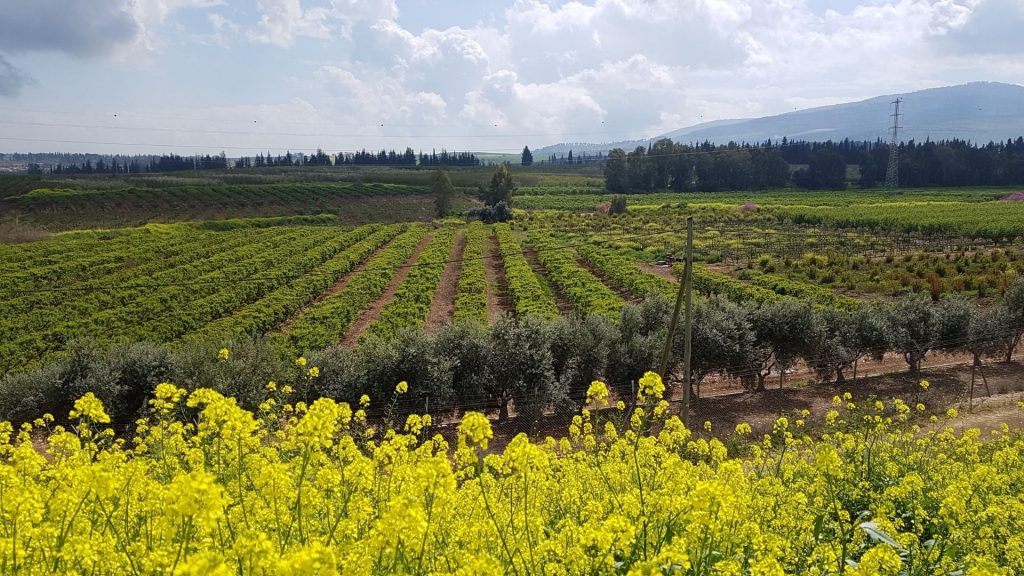
Carbon HaTsafon offers a change of perspective on the agricultural land
If to this point, we have only looked and physics and chemistry – we completely ignored biology and the relationship between the soil and plant growth and their environment. From now on, we shall look and the plant and the soil as a living Plant. A Plant that produces healthy, delicious, and high-quality food and plant products and carbon sequestered to the soil and emission reduction.
The Plant is biological in essence – a living, natural system of the plant, soil, and environment.
Through the development of projects in models and work methods of Regenerative Agriculture, tools and quantitative measurement methods. Creation of long-term cooperation and agreements between growers and grower organizations.
Carbon HaTsafon creates a carbon certificate for issue and investment for the demands of the emerging market.

